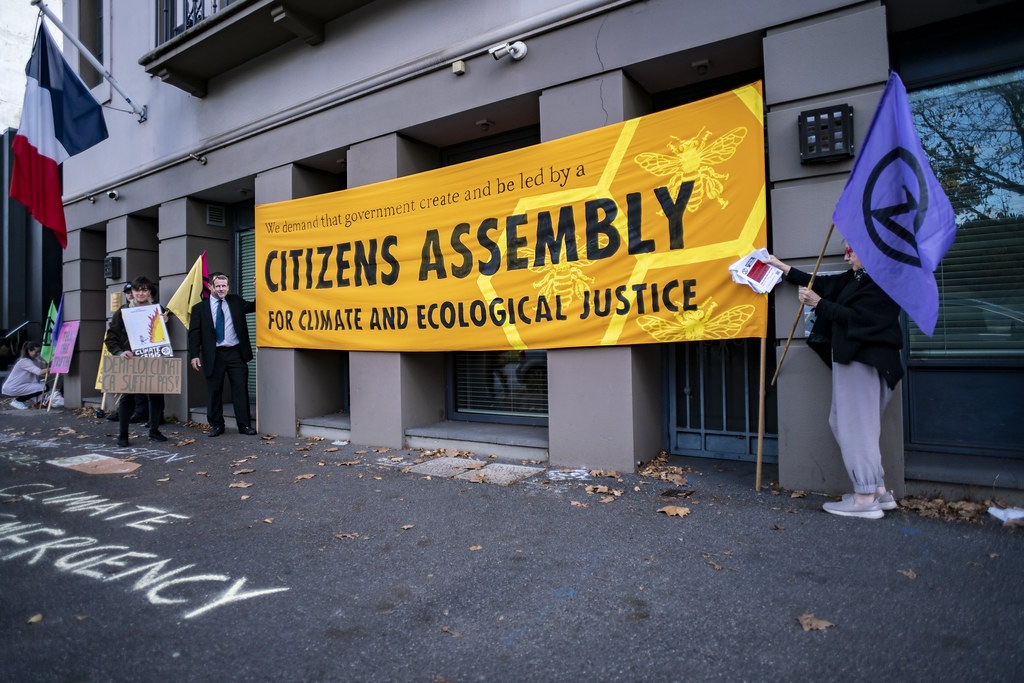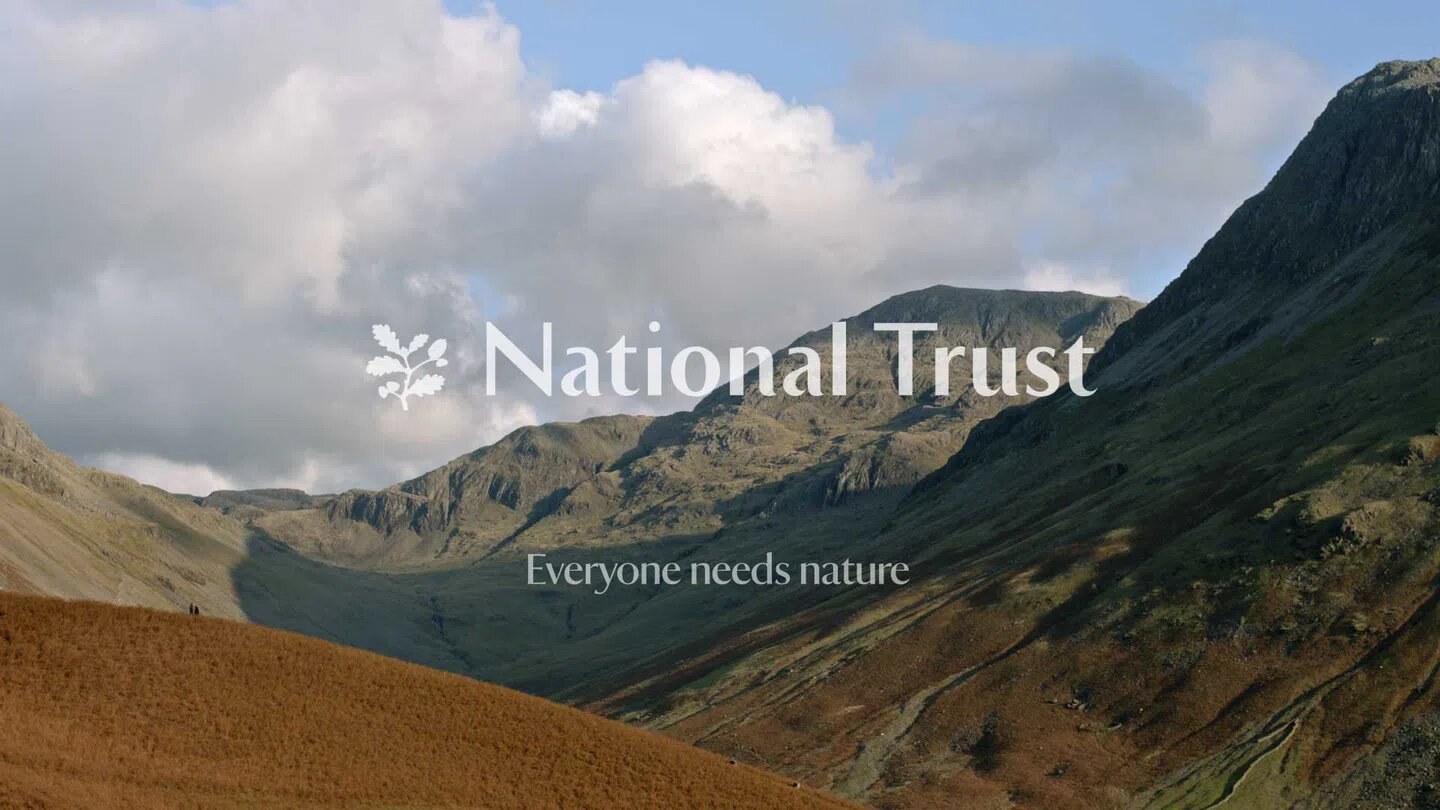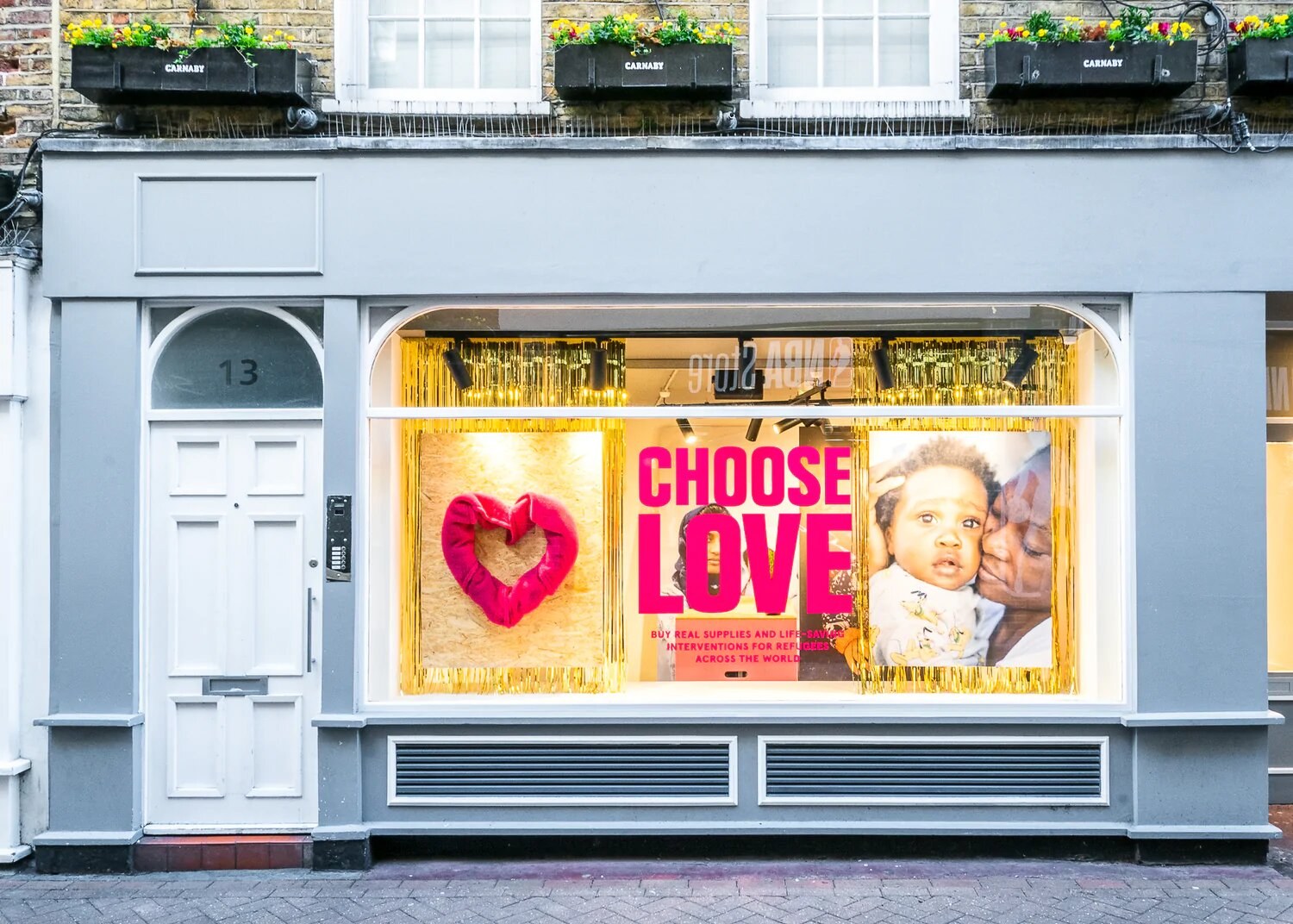

Nov 16, 2022
So far, as part of the future of belonging & inclusion, we’ve talked a lot about finding, building, and interacting with community. What they’re looking for, how this is being answered, and what inspiration you can take from how others are answering these needs. This week we’re looking at the different mechanics you can apply to answer these needs, and breaking them down into their component parts.
There are potentially as many ways to create belonging as there are variations of sandwich filling. Some mechanics work for some organisations and not others. Just like some people might love the idea of peanut butter and tomato sandwiches, whilst others may find that particular combination vomit-inducing. (BTW, don’t knock it till you’ve tried it).
Selecting the right mechanic to build and reinforce belonging should come down to the needs and challenges you’re trying to answer. Do you need a platform to both listen to and champion the voice of your supporters and beneficiaries, or simply to broadcast? Do people need to feel like they are part of, and contributing to, a community? How much time, energy and support do you want to invest? How much control and autonomy are you willing to hand over to the community? Answers to each of these questions will give you a different approach to building belonging.

Jamie Kelsey Fry
There is one massive force that is driving action and innovation in this space (and it was helpfully selected as the 2022 word of the year): Permacrisis, “an extended period of instability and insecurity”.
Populations are increasingly feeling that their elected governments are unrepresentative of their democratic vote, of their own lived experiences, and are unable to tackle the issues they find important. People want to speak up and they want their voices to be heard.
Permacrisis, combined with shifts in models of trust and influence, are supercharging innovation, creating new tools, mechanics and business models to create belonging.
To keep things simple, we’re focusing on mechanics of belonging that could deliver three different needs for your charity:

Ralph Nichols, the so-called father of listening, once said: “The most basic of all human needs is the need to understand and be understood. The best way to understand people is to listen to them.” But there’s a difference between listening, and listening. Is your organisation really ready to hear what supporters have to say, and take action as a result? Or is it a performative exercise that’s akin to Macron’s Assembly experiment?
Dubbed by some as the “boardroom of the future,” Citizens’ Assembly is something we’re already seeing more and more of in politics. Essentially, a Citizens’ Assembly is a representative group of citizens selected at random to deliberate about certain issues and make recommendations for the future. Representative is the key word here: participants are chosen by lottery and should represent the gender, ethnic, economic, age, geographic makeup of a total population. After Ireland legalised abortion in 2018 off the back of a Citizens’ Assembly, they’ve understandably boomed in popularity as a more equitable way of looking at policy decisions. Think of the Citizens’ Assembly as a representative think tank or focus group.
So far, they’re exclusively being used in politics, but as more and more people are looking to organisations and brands for political accountability, who is to say that they won’t become commonplace in organisations as well? In fact, B Lab UK’s Boardroom 2030 initiative is already suggesting Citizens’ Assemblies to organisations that want to explore new ways of decision-making. What better way to hear the voices of every demographic across your supporters? If you want to know more about the power-to-the-people thinking that props up Citizens’ Assembly, watch Jamie Kelsey Fry talk about exactly that at our last assembly here.

Roughly 55 million people in the UK belong to some kind of membership organisation. That’s most of the adult population. For a lot of people, this membership is in either retail or local organisations. But almost half of the top ten biggest membership organisations in the UK are charities (National Trust, English Heritage, RSPB, Wildlife Trusts). These organisations are nothing new, but they are growing in popularity. In the 1990s, the average Briton belonged to six membership organisations. This number is now at over 17.
When charity membership works it delivers a sweet spot between listening, support and reward. Members have influence through voting structures, they’re supporting a cause or institution they’re passionate about through fees, and, frequently, they receive some kind of reward, incentive or access in return. However, woe betide any membership organisation that risks incurring the wrath of the membership. Just ask the Royal British Legion or the National Trust.

DAOs could be the membership model of the future. In the wake of the Olivia Cooke scandals, trust in charities slumped to an all-time low. Charitable giving is recovering slightly, but it hasn’t caught up with the pre-2014 peak. Donors are spooked by cases of fraud and misspending - they want to know where their donations are going and that they’re delivering on social impact. Are DAOs the way through this slump?
DAOs have community and collective decision-making built in at the heart of the model. Being decentralised by design, they’re collectively owned and managed by their members, without a central authority or accountability to external bodies. All decision-making runs on a bottom-up model based on member votes.
They’re more transparent, with all transactions logged on the public blockchain, so members can see exactly where what money is going. They’re efficient, giving supporters a more empowering platform to be involved in. And they’re accountable to their members and their members only. The way DAOs are set up means that every member has skin in the game and a say in where the organisation is going. It allows a community of people to interact and make collective decisions, strengthening the utility of the community.
A good example of this in action is The Peace DAO, which is cutting down overhead costs and maximising impact in their work (humanitarian relief in Ukraine at the moment). All of their spending is directly sent towards on-the-ground impact. It’s quite literally a community owned charity.
Whilst you might not be sold on cryptocurrency, web3, or NFTs, consider the opportunity that decentralised blockchain technology offers for equal, non-hierarchical supporter participation.It’s essentially just the new technology that lets you unlock a membership structure.


10 years ago paywalls were all the rage. From The Times to the Wall Street Journal, content creators were locking away their media behind paywalls. However the paywall tide may be turning. Publisher Quartz is ditching the hard paywall in favour of a softer ‘metered access’ model. Whilst the Guardian, which has always remained free to access, employs the membership and support model (as well as helpfully reminding readers exactly how many articles they’ve accessed in the past year every time they log onto the site).

The monetised model that is sweeping the media right now is paid verification. I’m sure all of us have seen Elon Musk’s plan to make Twitter verification accessible to everyone willing to cough up $8 per month to get their hands on a blue check mark (although select government and corporate accounts will get a grey ‘official’ check mark). Elon says he’s making verification accessible to the people, taking the power of the platform away from the institutions and lifting the voices of the community.
The problem (besides the obvious one - that paid verification defeats the point of verified accounts) is that there’s very few benefits to actually being verified on Twitter. The distinction that’s been on everyone’s mind recently is that, unlike other platforms, you can’t monetise content on Twitter - no one makes a living off of Tweeting. In the words of Stephen King: “They should be paying me.” In theory, letting individuals verify themselves could lift the voice of the people, but before anyone jumps at this model, think about how valuable verification actually is to your audience. Watch this space to potentially watch this model of belonging implode very quickly (and take its host platform down with it).
About a year ago, you couldn’t get away from NFTs. Punks, Apes, OpenSea: they were everywhere. But the frenzy has died down recently, so you’d be forgiven for thinking that NFTs were just a fad. So why are we talking about them? Well, NFTs haven’t gone anywhere, and sorry to say, they’re unlikely to any time soon.
Owning an NFT isn’t just about investing, it’s also about proving your social status, your belonging within certain exclusive communities. Access leads to ownership and ownership leads to access. Why not use NFT membership as a model of belonging for your community?
Couple of things that make NFTs an interesting model:
1000 True Fans Theory:
1000 true fans theory basically says that any creator or organisation can make it if they have a thousand true fans who are willing to pay £100/year for the privilege of being in the inner circle. Obviously, an organisation won’t stay afloat off of £100k a year, but the theory is interesting regardless. NFTs are true fan technology. They’re a way to invest in an organisation’s success, to feel like a true member and supporter. NFTs are better than newsletters or social media, they differentiate between commitment to the community.
Membership As An Asset:
More than that, NFTs turn memberships into tradeable assets. The investment isn’t just an access fee, it can be traded with market value. Get in early, and your membership can appreciate in value. Need to get out, you can. Membership is gamified as an asset.
We’ve already discussed the Liquid Death NFT membership club and why it works here, so let me point out a slightly different model for NFT membership. Reddit’s Collectible Avatars are marketed not as NFTs but as limited edition profile picture digital art used to unlock features on the platform. To buy into the model, users don’t need to own a blockchain wallet, but can go through Reddit’s own wallet system (Vaults) that is fully integrated into the website.
This doesn’t mean you need to make an NFT fundraising product. However what NFTs can offer is a new approach to membership structure. They sometimes get a bad rep, but they can be a great way to create belonging, exclusivity, and double down on a sense of community, as well as rewarding its most committed members.

So we’ve covered how you can harness the power of your own community of supporters by listening to or monetising it, but how do you reward your community members? Unlike brands, where support is sometimes more obviously rewarded (discounts, early releases, limited edition articles), charity support is often viewed through the lens of karmic bonus points. Of course, many organisations do have some type of reward system in place, but let’s consider two interesting rewards-based models of belonging we’re seeing right now.
Drops are a surprise release of a limited number of products, tickets to events, or any other reward you can think of. They’re used to drive a sense of scarcity and urgency within members of a community, which drives word-of-mouth, exclusivity, FOMO, and online communities. If you want access to the drop, you have to be on top of the community.
A couple of months ago, 3000 people showed up to queue in front of a seemingly unremarkable market stall on Shepherd’s Bush Green. Anyone who wasn’t in the know would have been confused by this surge of excitedly chattering people, nervously counting coppers in the palms of their hands. The pound is crashing, inflation is soaring, the cost of living crisis is on everyone’s minds. In the midst of all this, Corteiz, a niche streetwear brand, did a 99p drop in Shepherd's Bush Green. They tweeted clues about the location, where they were selling their signature cargos for 99p each, as long as people brought exactly change. It’s a great example of membership through hype and exclusivity, accessible and free soft brand power, rather than a paid membership programme.
Think about Choose Love’s merchandise drops, that are shoppable in-store alongside products that go directly to refugees (and all profits of the merchandise go towards the charity as well). The brand releases new collaborations with local artists, giving supporters access and information about the releases through social media and mailing lists. Want to know when the new Choose Pride collection is dropping or the annual Christmas shop in Carnaby Street is opening? Follow them on Instagram. It’s a great way to use the drop model in a charity context.

In contrast to drops, drip is a continuous stream of products, signals, content, incentives, rewards, tokens, points, interactions, and access. But don’t think of this like constant micro-drops - it’s a gamified system that steers communities towards collecting and accumulation. Let’s call it the modern version of a loyalty card. Collect enough stamps (tokens, interactions, clicks, donations, whatever form it takes now) on your card, and get your free coffee (access and rewards). A drip-based strategy can bring together a community, breed collaboration and membership, and is driven bottom-up by activity within a community rather than top-down from an organisation or brand.
In real terms, drip could be anything from a product-trading website (think, for example, if your organisation supports people living with a certain disease or disability, can you operate a platform where they can trade useful products with each other?), to digital freebies (think tokenised memberships), to speed or quality of access (early access to merchandise, fundraising drives, in-person shops, or events).
At the end of the day, supporters want to belong. That’s why they’re supporting and investing in the causes that they care about. We need to make sure they feel listened to, that they’re affecting change, and that they feel like they belong in the community that your charity is creating.
The people supporting your charity want to drive change. They’re here because they believe in a cause, they care about it, and they want to help you do your work. But they have opinions and ideas about how to do this, and they want to feel like they’re being heard. So amplify their voices, poll your supporters, and include them in the decision-making process. Make sure it’s clear they’re being listened to. But be prepared to take action on their opinion.
And don’t just listen passively, create a platform for your supporters’ voices. Can they talk directly to the organisation? Can they talk to other supporters, brainstorm together and expand your social impact together?
The financial contributions from supporters can be a big part of keeping the lights on. Which is a big part of continuing to deliver social impact. So monetise the community you create, and monetise their belonging. People will pay to feel like they’re part of something, and moreover, to be seen to be a part of something.
As a charity, it can be hard to reward your supporters beyond their “feel good feeling” behind a contribution. Is there any way you can reward your most loyal supporters beyond that? If what they’re looking for is community, how are you rewarding them by letting them belong? Be creative with how you’re thinking about this.